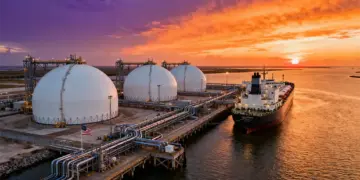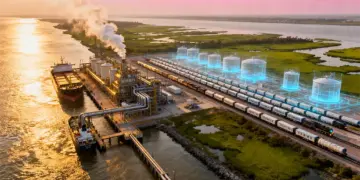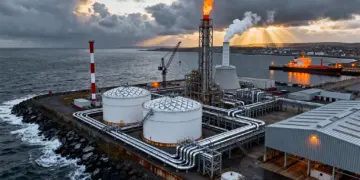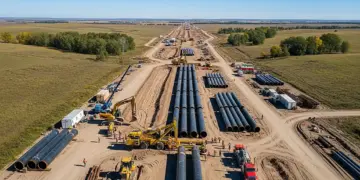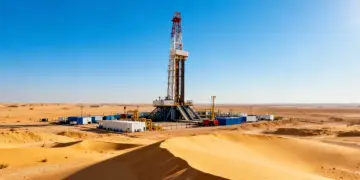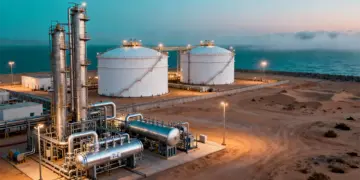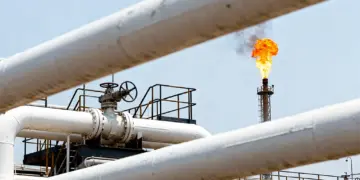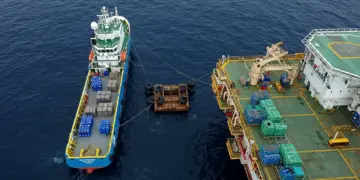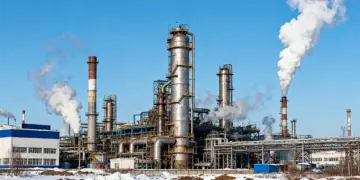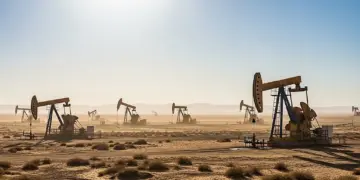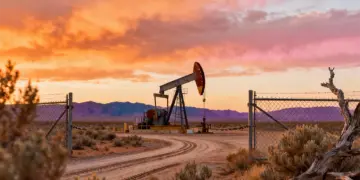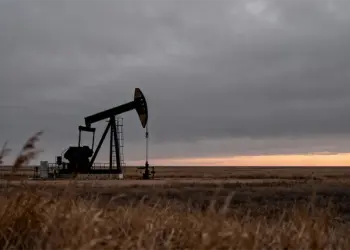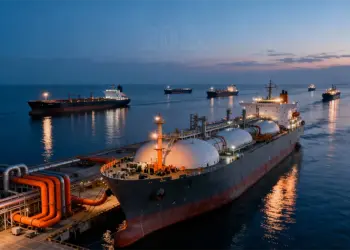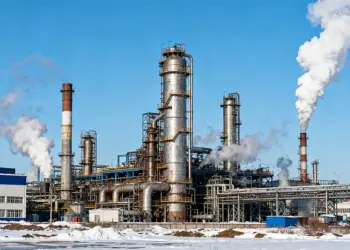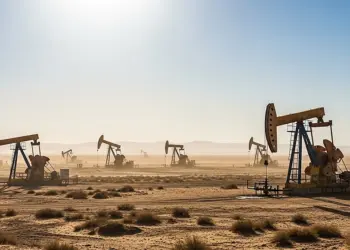In the past, massive market fluctuations would have provided state-backed oil and gas companies the chance to outmanoeuvre their private-investor dependent rivals and seize vulnerable assets, but wider economic and political factors have placed a straightjacket on national oil companies in the world’s fastest growing economies.
Political events in emerging economies will decide whether their oil sectors become victims or successes in a bearish oil market
The volatility of oil prices has depressed equity values and created opportunities for aggressive companies to consolidate their operations and swallow junior rivals. Across European and North American equity markets, oil and gas companies have entered a highly flexible and fluid period where cash in the pocket could potentially buy lucrative assets and technologies.
But where established international oil and gas companies and service providers have reacted swiftly to ride the storm, emerging market national oil companies (NOCs) have so far failed to use depressed asset values to reposition themselves as major international players.
“The fall in the oil price has affected different companies in different ways,†says Jon Clark, partner at E&Y. “In certain regions of the world there are higher costs of production which have resulted in more immediate financial challenges.â€
Emerging economies are heavily affected by energy market volatility. Many growth markets are both massive oil and gas producers and consumers, making the drop in prices a complicated issue.
“If you are a national oil company in a consuming country, such as India, the fallen cost of acquisitions has provided a good chance to be opportunistic.
If you are a national oil company in a producing country your revenue has actually fallen and I think you will need to look at what that means for your business. I think it is interesting to look at governments in different countries, particularly in emerging markets, that were hoping for inbound investment into their countries; what are they doing to secure and maintain these investment activities?â€
Political events in emerging economies will decide whether their oil sectors become victims or successes in a bearish oil market.
The crucial factor determining whether the current oil market is an opportunity for national oil companies is the attitude undertaken by their national governments and other local economic trends.
The most obvious emerging market which is not seizing the opportunity like it should is Brazil. Petrobras is plagued with suggestions of a corruption-stained bureaucracy and lumbered with capital- intensive production sites. Instead of using depressed asset values to broaden its international portfolio, consolidate its national production assets and acquire advanced technology companies, Petrobras has been busy replacing its senior staff, fighting off further accusations and running an apparently unsuccessful public relations campaign to improve its business image.
Consequently, Petrobras has seen its share price dragged lower than the depressed oil price would naturally cause, and has been unable to raise the capital, or courage, to consolidate or acquire assets – in fact it plans to sell off USD 2.7bn more of its own assets than anticipated at the start of the year.
Elsewhere in Latin America the oil and gas capital markets remain a mixed bag. Huge opportunities in Argentina’s shale plays are offset by an unstable business climate due to political uncertainty, whilst Colombia is only just emerging from years of armed conflict.
Mexico is a different story. Energy sector reform and access to a stable long-term neighbour in the north have given the government and state-owned Pemex breathing space to allow foreign investment into the nation’s oil and gas industry. Pemex has aggressively pursued joint venture production agreements with foreign firms at its on- and offshore fields, allowing the company to raise the capital and investment needed to begin upgrading its key Bay of Campeche fields and onshore infrastructure.
A lot of the capital flowing into Pemex’ pockets has been from the world’s largest consumer of energy – China. The Sino-Mex Energy Fund came into existence in May 2014 and hopes to raise USD 4.0bn in inbound energy investment from China in return for a share in producing assets and favourable oil export prices.
Indeed, much of the cash floating around the global oil and gas sector comes from China, which is desperate to secure energy and materials for its ever expanding economy.
But what of China itself? How is it reacting to low asset prices?
“Traditionally, Chinese companies have been interested in equity and technical acquisitions, so I believe that they will use low asset prices to target these companies now more than ever,†says Dr. Kang Wu, vice-chairman, Asia, FGE. “Ownership is one thing and acquiring technical capability is another, so yes there will be interest. It is certainly on the radar of their consideration.â€
“Reduced asset values of international oil companies indeed provide opportunities for the Chinese oil and gas companies to engage more overseas investment. This has coincided with the relaxation of the Chinese government policy on the approval of overseas investment. However, in reality, whether or not any individual Chinese oil and gas companies make actual movement depends largely on their cash positions.
“If they are cash rich, they are more active. If they are not, they face constraints. Lower oil prices are hurting profits of Chinese national oil companies severely. Low oil prices have also put many investment projects of Chinese NOCs in the recent past in doubt. A case in point is CNOOC’s acquisition of Nexen. With lower prices, it will not recover the cost in a very long time.â€
Nexens is a case in point – an example of a major Chinese takeover in an earlier age of higher value assets. There have been no similar movements despite companies and assets becoming cheaper. Again, wider events have overshadowed the apparent opportunities posed by the oil price decline. Peer-to-peer or major takeovers by Chinese oil and gas companies looking to grow their portfolio have not happened.
“I think the tricky thing for an NOC in China is having to handle politics too,†says Wu. “All the management of PetroChina and Sinopec has been shaken by this anti-graft movement. Some of the senior managers are worried that if the government starts questioning how you did in the last five years some of the problems will be revealed and mistakes will come to light. Managers want to be cautious; no one wants to be standing out and the one doing bold international moves.
“Politics prevent China from considering large takeovers. Nexen may be a successful (in the sense of completion) example of acquisition but the burden of buying, let’s say, BP is huge due to its losses, lawsuits, and potential regulatory hassles across the US, UK and Europe – to an extent the company has never experienced before. For instance, they may be forced to sell their own assets to make the deal happen.â€
Overall, the present oil market turmoil has multiple and opposing effects on China’s long-term energy supply strategy. Low oil prices will reduce the profits of Chinese NOCs and their efforts to develop domestic oil fields will be negatively affected, leading to stagnated or moderately declining oil production at home. But it will also reduce China’s oil import cost and bill, leading to higher dependence on imported oil. Lastly, it will give China a chance to store more oil strategically and commercially.
“In terms of energy consumption and production, China’s situation is similar to the US and is different from that of OPEC and Russia. Like the US, China is a giant energy producer but a bigger energy consumer. If low oil prices sustain, China appears to be the biggest winner though the side effects are also obvious; more difficult to rein in oil demand, rising import dependence and slower growth of alternative fuels as well as some renewable energy,†concludes Wu.
It all comes down to present cash, not long-term opportunity. In theory, Chinese NOCs have near unlimited access to state funds in order to maximise current depressed asset price opportunities and to pursue its long-term policy of securing strategic energy reserves, but other events have constrained its ability to operate and have so far prevented any individual from making bold international, or national, acquisition decisions for fear of the personal consequences.
“Changing supply and demand patterns is less dependent on price than on wider economic development,†says E&Y’s Clark. “In fact the price is more an effect than a cause. There is increasing supply in North America effectively backing out international volumes going into that region. So we are seeing more export going from the Middle East into Asia and such, but this isn’t driven by the price but by the changes in supply and demand.â€
National oil companies in Brazil and China have received optimistic levels of public investment over the years, and have subsequently suffered from allegations of corruption and mismanagement. More cautious government investment following the oil price slump has brought to light complacent management of funds and has resulted in a sharp official reaction, restricting these companies from accessing the cash needed to take advantage of market instability and to move from a national to international business model.
Mexico’s Pemex has similarly been blighted with allegedly crooked executives and shady deals but its energy sector reform came just before the current volatility, making it a very attractive market for oil and gas investment.
It comes down to who controls the cash. Private or publicly-traded companies may not have access to state funds but they are the masters of their own capital and can move flexibly to secure long-term opportunities.





